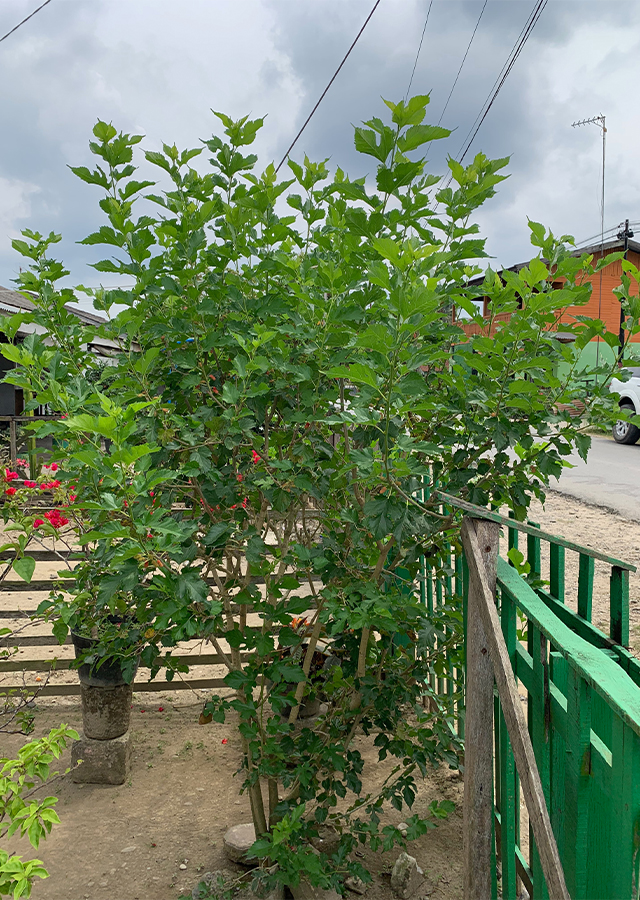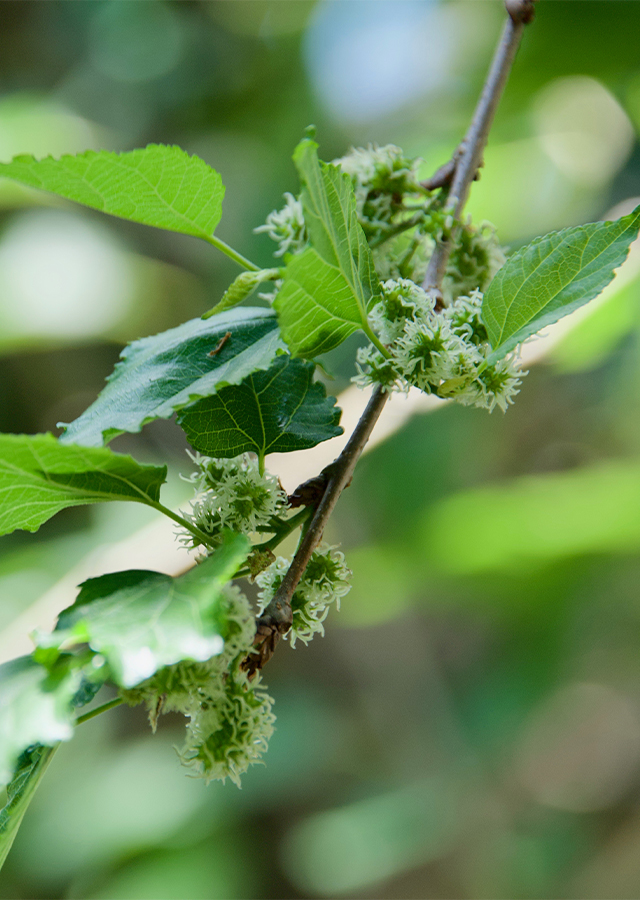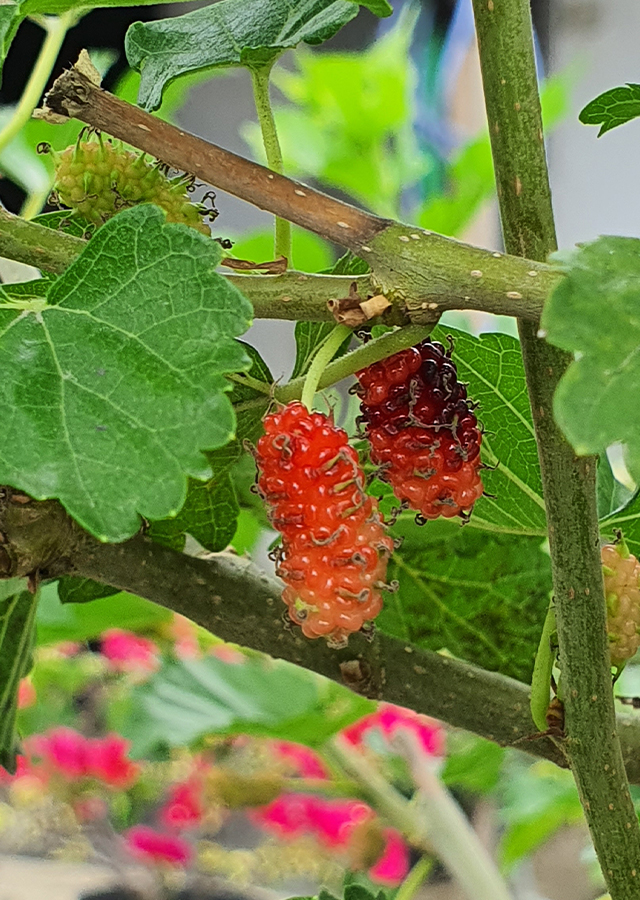Traditional Herbs from Morus alba
reduce_blood_fat_and_diabetes
- Infusion: Prepare 30 g of fresh mulberry leaves, boil in 2 glasses of water for 15 minutes.
- Cool and strain.
- Drink 2 times a day equally in the morning and evening.
prevent_excessive_sweating_at_night_day
- Take 6-9 g of dry powder of mulberry leaves, \u00a0rice water 300 ml.
- Boil dried mulberry leaves with rice water until boiling.
- Remove and cool then drink the concoction.
What is Morus alba Looks like??



Parts of Morus alba that could be used
- Leaves
- Bark
- Fruit
- Roots
Morus alba Distribution
Mulberries come from the Himalayan mountains. Distribution of mulberries in India, China and Myanmar. Currently, mulberries are also widely cultivated in Malaysia, the Philippines and Indonesia (Java). Generally, mulberry leaves are used as silkworm feed in silkworm cultivationAgroecology of Morus alba
Grows well in tropical areas with an altitude of between 300-3,300 m above sea level, average rainfall is 700-2,500 mm/year. Likes fertile soil with a pH in the range of 5.5-7.5, sandy loam to clay loam, well-drained, requires sufficient sunlight, fairly wet areas, annual temperature 20-28 �C, humidity 65-90%.
Morphology of Morus alba
- Taproot.
- The stem is covered with yellowish-white spots, the cross-section reaches 15 cm. Height \u00b1 4-5 m.
- Single leaf, triangular shape, pointed tip, feels rough, serrated edges, leaf spines pinnate .
- Compound flowers, grow in the axils of the leaves.
- Young fruit is green, when ripe it is blackish purple and sweet taste.\u00a0
Cultivation of Morus alba
- Generative (seed) and vegetative propagation (grafting, grafting, stem cuttings, leaf cuttings and tissue culture).
- Stem cuttings, the most common method. Choose stems 20 cm long, more than 1 cm in diameter, 3 or 4 buds.
Morus alba, more details :
Chemical Content of Morus albaEcdysterone, inocosterone, lupeol, alkaloids, β-sitosterol, routine, moracetin, isoquersetin, scopoletin, scopolin, ɑ, β-betahexenal, cis β-hexenol, cis lamdahexenal, eugenol benzaldehyde, lanaloolbenzyl alcohol, butylamine, acetone, trigoneline, folic acid, tannins, anthocyans, flavonoid polyphenols.�
Benefits of Morus alba
Treats fever, malaria, high blood pressure, diabetes, elephantiasis, boils, eye inflammation, cures back pain, maintains healthy skin and eyes, improves the immune system, lowers cholesterol, reduces blood fat and diabetes.
Simplisia of Morus alba
Not yet available
Another Facts for Morus alba :
Synonym of Morus albaMorus alba var. emarginata Y.B.Wu, Morus alba var. laciniata Beissn., Morus alba pendula (Risso) Sudw.
Habitus of Morus alba
Tree. Annual tree, in the wild its height can reach 5-15 m
Habitat of Morus alba
- Forest
No comments:
Post a Comment